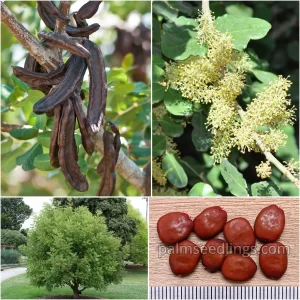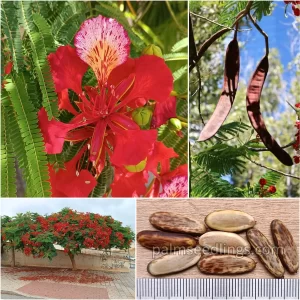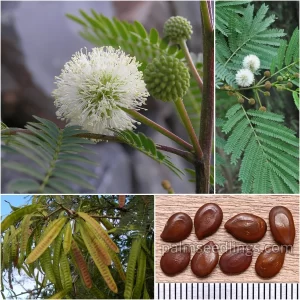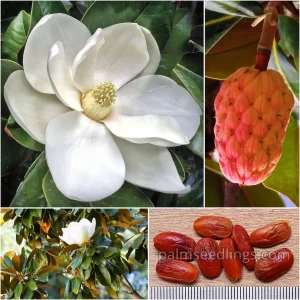Menu
3,00 € – 40,00 €
Product Details
Jacaranda mimosifolia, commonly known as the Jacaranda Tree, is a breathtaking deciduous tree appreciated for its stunning blue to purple flowers, delicate foliage, and graceful form. Native to South America, particularly Argentina, this tree has become a beloved ornamental species in many tropical and subtropical regions worldwide.
-Germination Rate: Very high
-Germination Time: Fast
-Germination Difficulty: Easy
-Growth speed: Fast/Medium
Select Quantity
*Shipping cost is calculated automatically in the cart after adding the products.
Jacaranda mimosifolia (Jacaranda Tree)
Habitat:
Indigenous to a variety of habitats in South America, the Jacaranda Tree thrives in well-drained soils, often found in open woodlands and along riverbanks. It is well-adapted to tropical and subtropical climates, and it has been widely planted in urban and cultivated areas for its ornamental value.
Outstanding Features:
The most outstanding feature of the Jacaranda Tree is its spectacular, trumpet-shaped flowers that range in color from lavender-blue to deep purple. The flowers form large clusters, creating a mesmerizing display when in bloom. The bipinnate leaves add to the tree’s elegance, creating a delicate and feathery appearance.
General Appearance:
With a mature height typically reaching 25 to 50 feet, the Jacaranda Tree has a wide-spreading and rounded canopy. The branches are often gracefully arching, and the tree’s structure is open and airy. The compound leaves are finely divided into small leaflets, giving the tree a lacy and fern-like quality.
Applications:
The Jacaranda Tree is highly valued as an ornamental tree and is commonly used in gardens, parks, and along streets for its breathtaking floral display. It is often planted as a shade tree in public spaces and residential areas. The tree’s vibrant flowers and delicate foliage make it a sought-after choice for creating a tropical ambiance in landscapes.
Adaptability:
Adaptable to a variety of well-drained soil types, the Jacaranda Tree prefers full sun and is relatively drought-tolerant once established. It is well-suited for tropical and subtropical climates, thriving in regions with warm temperatures. Its adaptability, combined with its stunning flowers, makes it a popular and iconic choice for enhancing the visual appeal of landscapes in diverse settings.
| Weight | N/A |
|---|---|
| Quantity | 10 Seeds, 100 Seeds, 1.000 Seeds |




All rights reserved PalmseedlingsⓇ 2025.